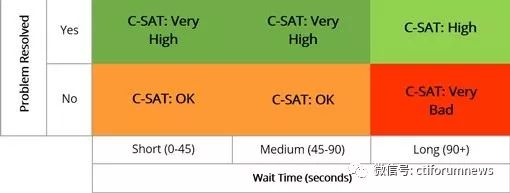In fact, calculating the service level of a contact center is straightforward, but there is often confusion about how to accurately measure it. The formula for service level is as follows:





Introducing our latest Portable Power Station, perfect for all your outdoor power needs! Designed with campers and RV enthusiasts in mind, this device is the ideal companion for all your adventures. Our Portable Power Station boasts an impressive array of features that make it perfect for use in a wide range of outdoor situations. With its lightweight and compact design, it's easy to pack and carry with you wherever you go, giving you the freedom to explore without being held back by cords or bulky generators.
Portable Power Station,Small Appliances Power Supply,Camping Power Supply,Power Supply For Outdoor
JIANGMEN RONDA LITHIUM BATTERY CO., LTD. , https://www.ronda-battery.com
